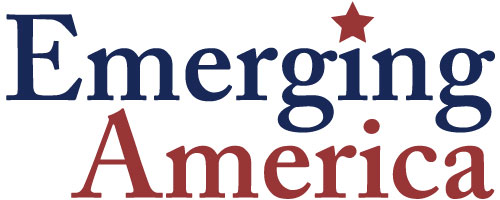Time Out – Spotlight Offensive Language in Primary Sources
Every unit of the Reform to Equal Rights: K-12 Disability History Curriculum includes an introduction to the topic of disability, including strategies to address disrespectful vocabulary.
Language-aware lesson example: Does the First Amendment say you can? (8th Grade)
Explore the First Amendment free speech rights
of students...through analysis of Supreme Court decisions.
Students will practice summarizing interpretations of Freedoms of Speech under
the First Amendment.
Putting Primary Sources in Order - Text Set and Flow Map
Organizing a rich text set of primary sources requires that students analyze and make sense of several sources on a topic. In this case, they seek to answer a focused guiding question. Students sort through about a dozen images, letters, forms, and political cartoon. In practice, a teacher could offer fewer sources, though it is a valuable sometimes to require students to choose among sources. The primary sources are also give context by a secondary source narrative from the Veterans Administration.
Disability History Primary Source Set
Disability History: From Almshouses to Civil Rights
UPDATED IN 2020. The following primary source set, created using materials from the Library of Congress, contains an array of sources focused on Disability History in the United States. Disability has been interwoven into America’s history since the country’s inception through letters, images, newspapers, diaries and other primary sources. The set provides a comprehensive look into a wide range of Library of Congress resources.
Emerging America Lesson Design Toolkit
Keep at hand all seven items in the Emerging America Lesson Design Toolkit to support strong lesson plan development. You will also need copies of applicable academic standards and, of course, your text set, and any other support materials for the lesson. Refer to each tool to broaden choices for you and for students. The tools help make precise and clear the language in lesson objectives, instructions for assignments, rubrics, graphic organizers, and other handouts.
RAN Chart
A Tool to Help Correct Misconceptions
The point of the RAN Chart (RAN stands for "Read and Analyze Non-fiction") is for students to research and confirm or correct their ideas for themselves! (Thus the RAN Chart improves on the old "Know-Wonder-Learned / KWL" chart.)
Step 1: Draw the RAN Chart on a whiteboard or smart board, or arrange note cards or post-its on a RAN Chart template. Ideally, leave the RAN Chart up through throughout an investigation. Create categories to help categorize the important ideas and information of the topic.
What Do Trains Do? Exploring Local History through Maps
Using familiar imagery of trains, young students can begin to make foundational connections to geography and history using primary sources. Kindergarten students will make a first exploration of local history through early railroad maps from the Library of Congress. This lesson addresses Kindergarten Common Core State Standards and several Massachusetts Social Studies standards and skills. centered around maps. The culminating activity has students create and modify their own town maps to include symbols, cardinal directions, labels, a key, etc.
Six Goals of the United States Constitution Preamble
“…establish justice…” “…promote the general welfare….” “…secure the blessings of liberty to ourselves and our posterity…”
By connecting the goals of the federal government to primary source visual representations, this simple civics lesson will help students to remember and think more deeply about the goals set out by the Preamble to the United States Constitution.
Road to Freedom: Emancipation Proclamation
Since arriving in North America in the 15th century, Africans in the United States were forced to navigate the social, economic, and physical limitations placed upon their lives by the institutions of slavery and the racist ideology that justified it. The following primary source set shows several ways that different communities responded to the outlawing of the Atlantic slave trade (and subsequent yearly celebrations of the event) and the Emancipation Proclamation. These two events fundamentally challenged and changed the institutional practices of slavery.
